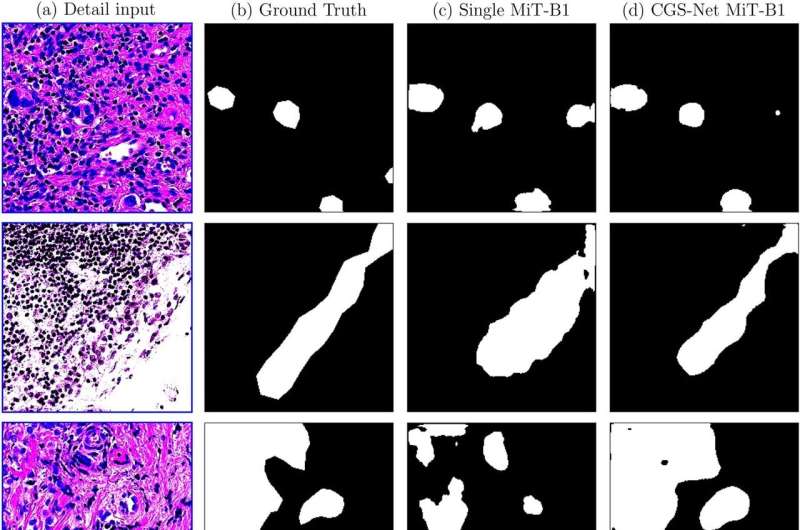The system, named the Context-Guided Segmentation Network (CGS-Net), mimics the way human pathologists study cancer tissue to achieve accuracy in digital cancer diagnosis. Spearheaded by Jeremy Juybari, a doctoral candidate in electrical and computer engineering, and Josh Hamilton, a doctoral candidate in biomedical engineering, the tool introduces a deep learning architecture designed to interpret microscopic images of tissue with greater precision than conventional AI models.
Breast cancer is the second leading cause of cancer-related deaths in women, affecting one in eight over their lifetime. Diagnosis still relies on the microscopic inspection of chemically stained tissue samples, a process that requires expertise and time.
Two-thirds of the world’s pathologists are concentrated in only 10 countries, leaving large regions facing diagnostic delays that contribute to preventable deaths. In India, for example, roughly 70% of cancer deaths are linked to treatable risk factors compounded by limited access to timely diagnostics.

